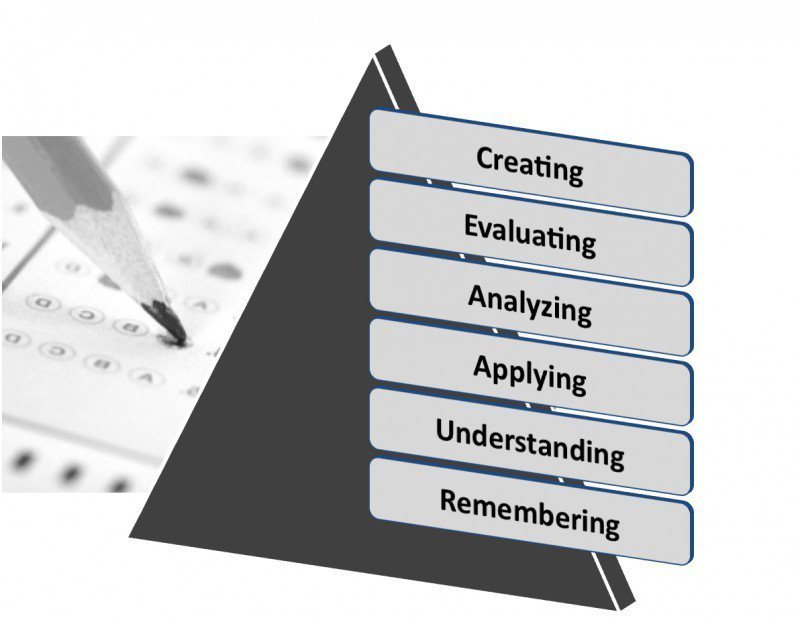Guidelines For Creating Multiple-Choice Questions
Since knowledge is a vital factor that allows us to know whether or not we are on the right track, we should use a method to quantify this advancement through multiple keyed and "distractor" answers. And, there is no better way than testing it through a multiple-choice question (MCQ) test.
Structure Of The MCQs
If you have the right inspiration for eLearning, and you want to test your learners, you will certainly want them to have a holistic knowledge about the field of interest. This is why it is preferable to structure your multiple-choice test by focusing on some basic elements of the test.
To begin with, it is important to have only one best answer distributed randomly throughout the other “distractor” answers—and they need to be as appealing and plausible as possible. All the questions and answers must be grammatically correct in order to avoid any misinterpretation by the learner. As Edward H. Harriman said, “Much good work is lost for the lack of a little more.” And that "little more" is grammar in this case.
Do Not Create Multiple-Choice Questions For The Sake Of Making Them
It’s simple, do not ask unnecessary questions for the sake of filling up the test paper. Researchers have found that asking the right questions in a test simulates performance. This usually happens when the questions involve decision making in stressful and regular situations.
Through these questions, the individuals will visualize given situations. And through the answers they give, the tester will have an image of the individual’s performance. You should not ask questions because you have to ask; instead, ask questions because a given field requires specific answers. Questions assess the knowledge of given content, nothing else.
Learn How To Formulate The Questions
A multiple-choice test does not test the ability of someone in recalling the information. It rather tests the use of knowledge and experience. This is why it should not be easy to guess. Remember, a multiple-choice test is made to assess the ability of individuals to measure their performance within the field and not to evaluate what they have digested over the course of past years.
The questions should make the test taker think and question multiple answers. Another great tip is to make the test a bit colorful so that the learner won’t get bored, as this may affect the test results.
Do Not Make The Questions Ambiguous
The purpose of an effective multiple-choice test is to test the reaction of a given individual toward a given question. It depends on the test maker on whether or not to make the questions easy or hard. But in all cases, they should be as clear as possible.
The questions need to convey a specific message and this latter has to be intercepted correctly by the test taker. Ambiguous questions may lead to vague answers, and as a result not fulfilling the requirements of the test for clarity reasons. Not only will performance not be correctly measured, but also it may lead to the loss of potential individuals who already know the answer.
Consider The Time: Do Not Make The Test Long
The problem with most tests is that they are not as hard as they seem; they are simply just long and answering them takes a long time. The assessor should create the multiple-choice test on the basis of the test time period. How can this be done? Through evaluating his own performance while taking his own test and adding some time since he already knows the answers.
This additional time represents the period that individuals need to think about the answer. This might sound a bit silly, but it’s an important step to know whether or not all the questions can be answered in the test period.
Remember, eLearning is supposed to save time and money through the use of software features. This is why we should not waste the "gained" time and money through long tests.
Conclusion
Creating a multiple-choice test is important if you ever want to test the performance of an individual. It is mostly about knowing who is most valuable in a given field. The results will be improved performance and better statistics because of a skilled performer.








